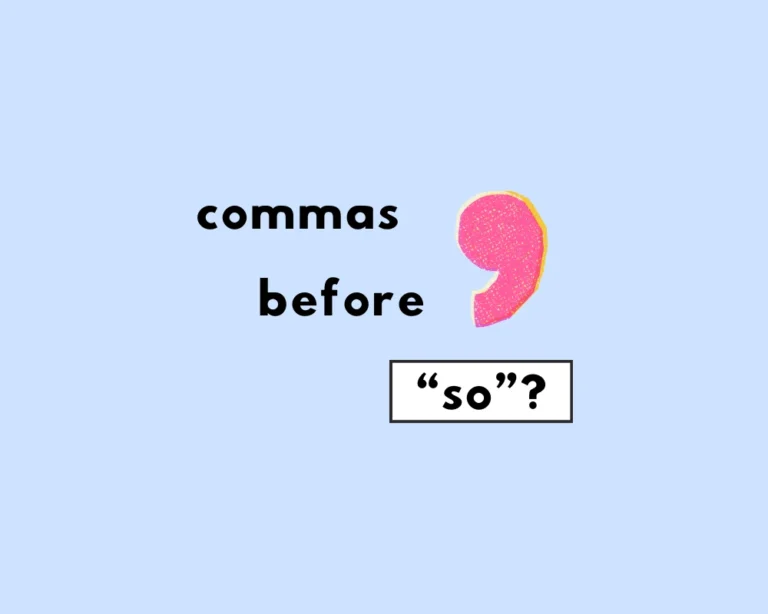
When to Use a Comma Before “So”?
If you’ve clicked to learn when you should use a comma before “so“, then you’ve made the “write” choice. What is the word “so” in
Grammarflex » punctuation
Punctuation marks are symbols or characters used in written language to provide structure, clarity, and meaning to text. They serve various purposes, including indicating pauses, separating ideas, and conveying emphasis.
Some of the most common forms of punctuation include the full stop or period, which looks like a dot or a point ( . ), commas, ( , ), colons ( : ), semicolons ( ; ), dashes or hyphens ( – ), exclamation points ( ! ) , and so on.


If you’ve clicked to learn when you should use a comma before “so“, then you’ve made the “write” choice. What is the word “so” in
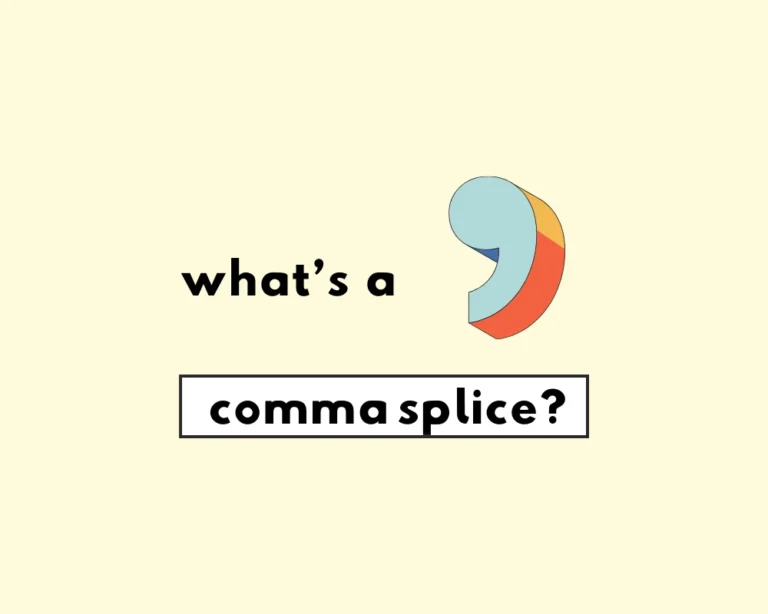
A comma splice is when a comma separates two independent clauses without a coordinating conjunction (or semicolon).
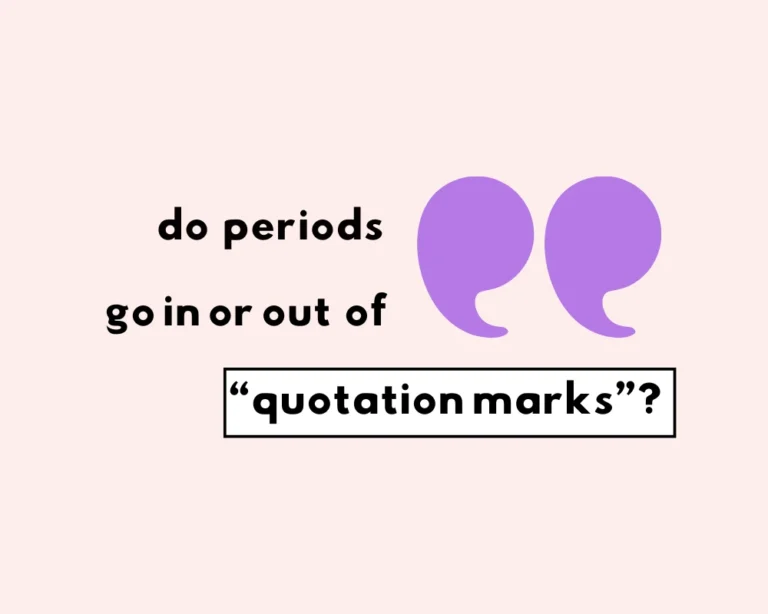
In American Style, punctuation typically goes inside quotation marks. For British English, punctuation usually goes outside of quotation marks. Exceptions exist in either case.
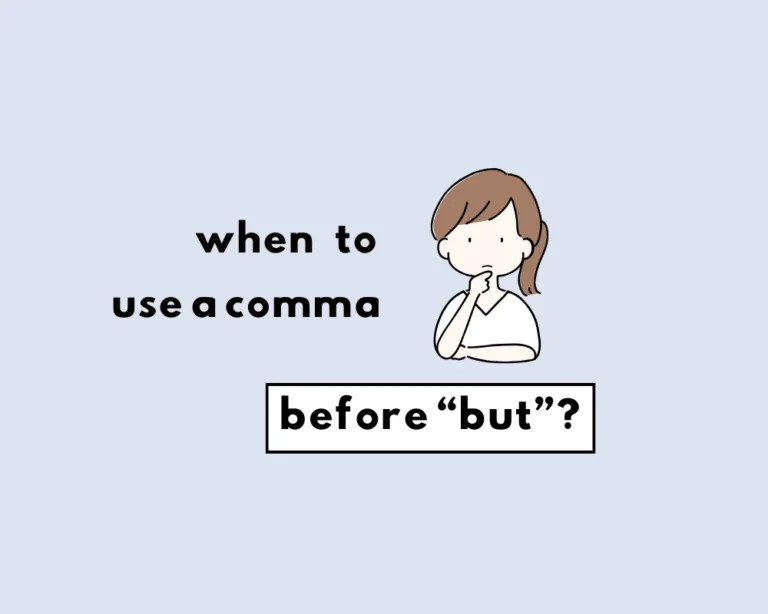
When you use “but” to join two independent clauses (each of which can stand alone as a sentence), a comma should be placed before “but”.
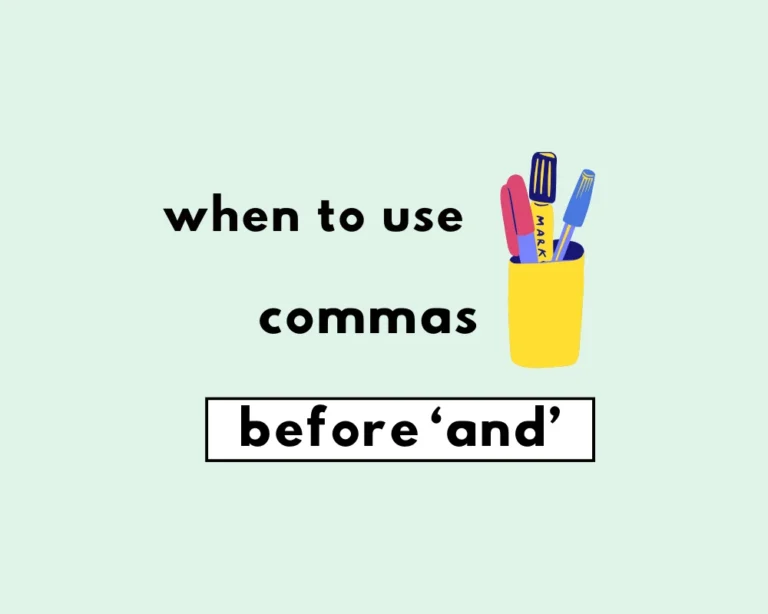
Use commas before “and” when joining two independent clauses to form a compound sentence. Sometimes, a comma is used after ‘and’ in a series or list.
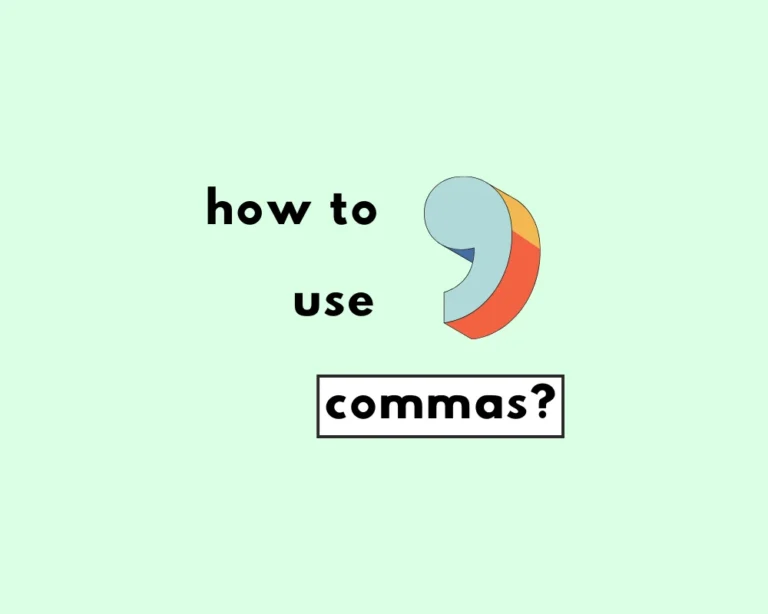
Read the GrammarFlex guide on the 8 main rules of comma use in English grammar and writing.
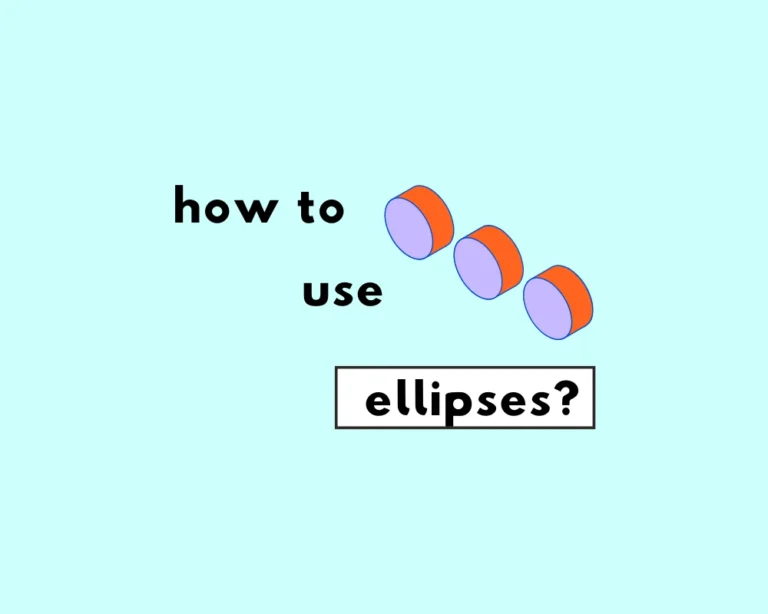
An ellipsis looks like three dots ‘…’, and signifies an omission of words from a quote. Ellipses are also used to add a dramatic effect to certain types of writing.
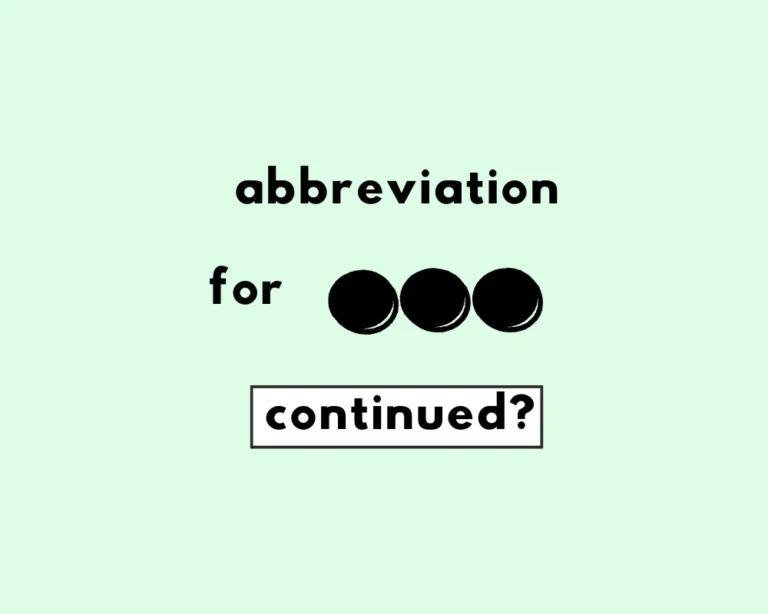
Technically, both cont. and cont’d are correct abbreviations for continued. Cont. is a truncated form, and cont’d is a contracted form for continued.
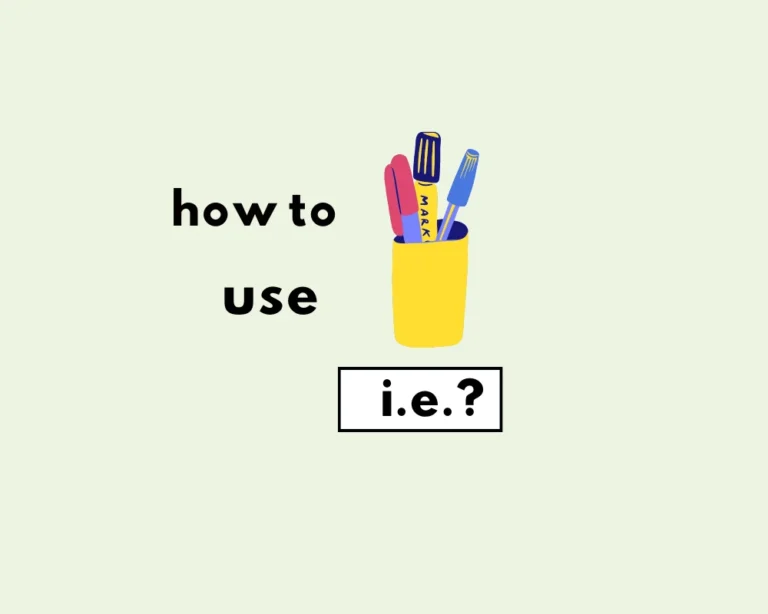
I.e. is Latin for id est, meaning ‘in essence’. In English, this is understood as ‘that is to say’, or ‘in other words’.
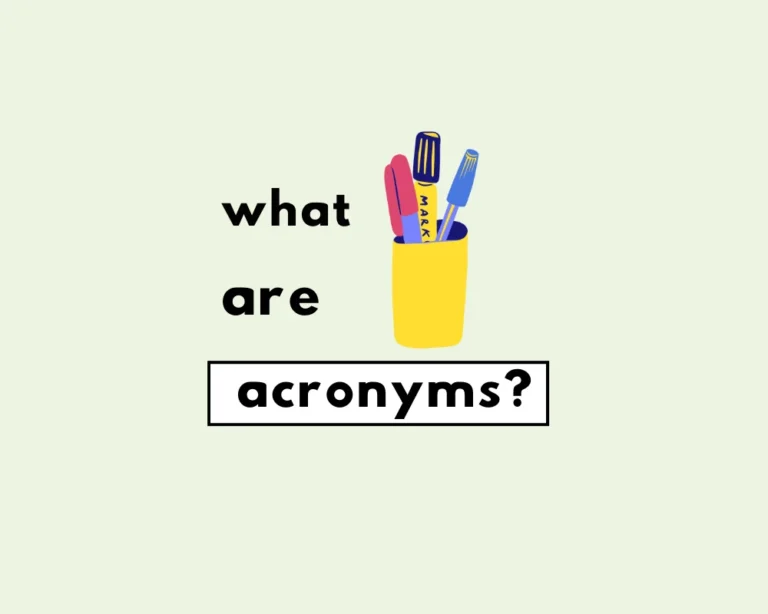
Acronyms are a type of abbreviation where each word in a series or phrase forms a single word that’s pronounced differently, like YOLO (You Only Live Once).